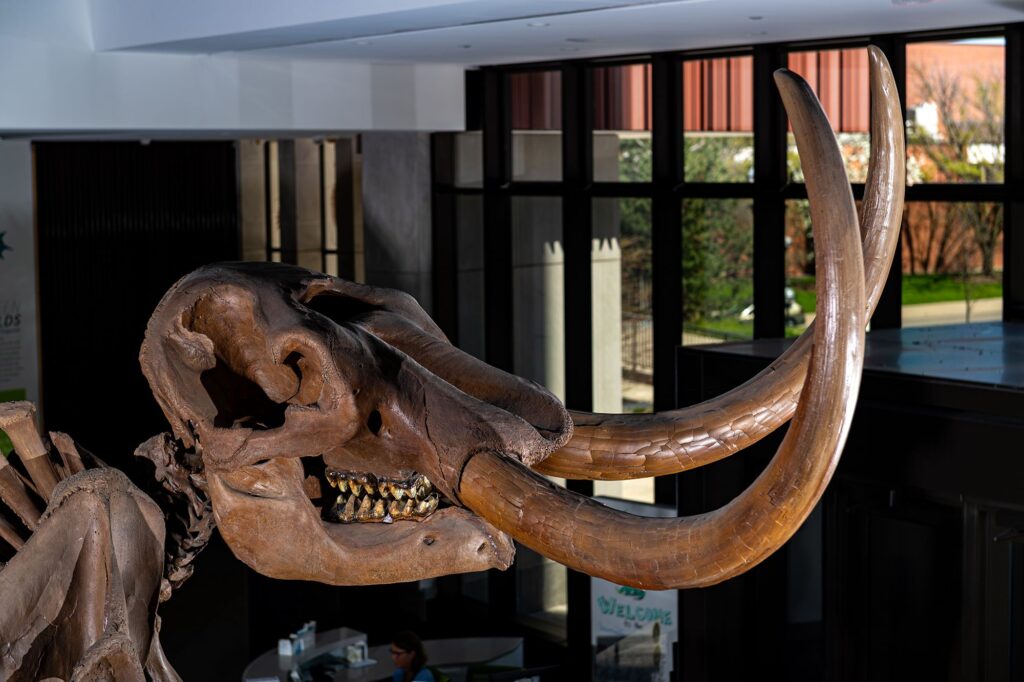
Unveiling the Mystique of the Mastodon Tusk: A Journey Through Time
In the annals of natural history, few relics stand as profoundly captivating as the tusks of the mastodon. These colossal creatures, relatives of the mammoth, roamed the Earth during the Pleistocene epoch, their majestic tusks serving as both tools for survival and symbols of their formidable presence. Today, these tusks serve as poignant reminders of a bygone era, offering a glimpse into the ancient world and igniting the imaginations of scientists and enthusiasts alike.
A Glimpse into the Past
Mastodons, members of the Proboscidea order, once traversed the landscapes of North and Central America, grazing on vegetation with their distinctive, elongated tusks. These imposing creatures, characterized by their shaggy coats and massive bodies, thrived for millions of years before ultimately facing extinction around 10,000 years ago. However, their legacy endures through the remnants they left behind, with perhaps none more iconic than their tusks.
The Significance of the Tusk
The mastodon tusk holds a multifaceted significance, both biologically and culturally. Structurally composed of dentin, a tough, ivory-like substance, these tusks served a variety of purposes for their owners. In life, mastodons utilized their tusks for tasks ranging from stripping bark off trees to defending themselves against predators or rivals. Furthermore, the tusks played a crucial role in mating rituals and dominance displays, with larger tusks often indicating a male’s prowess and fitness.
A Window into Prehistoric Ecology
Beyond their biological functions, mastodon tusks offer invaluable insights into the ecosystems of the past. By studying the growth patterns and isotopic compositions of these tusks, scientists can reconstruct ancient environments, discerning factors such as climate, diet, and migration patterns. Such analyses contribute to our understanding of how prehistoric species interacted with their surroundings and adapted to changing conditions—a vital endeavor in the face of contemporary environmental challenges.
Unraveling Mysteries Through Paleontology
Paleontologists have long been fascinated by mastodon tusks, employing a range of techniques to unlock their secrets. Through meticulous excavation and analysis, researchers have uncovered tusks preserved in various states, from pristine specimens to fragmented fragments. Each discovery provides valuable data, shedding light on mastodon behavior, demographics, and evolution over time.
Preserving an Ancient Heritage
While mastodons may have vanished from the Earth, their tusks endure as tangible relics of the past. Museums and research institutions worldwide house collections of mastodon tusks, allowing visitors to marvel at these ancient treasures and learn about the creatures that once wielded them. Furthermore, efforts to conserve and protect mastodon remains ensure that future generations can continue to explore and appreciate these remnants of Earth’s prehistory.
Inspiration for the Future
The allure of the mastodon tusk extends beyond scientific inquiry, captivating artists, writers, and enthusiasts with its mystique. From literature to art to popular culture, the mastodon and its tusks have left an indelible mark on human creativity, inspiring countless works that evoke the grandeur and wonder of the prehistoric world.